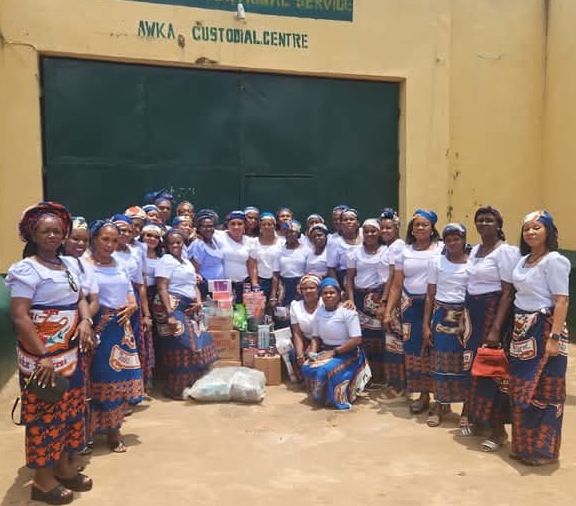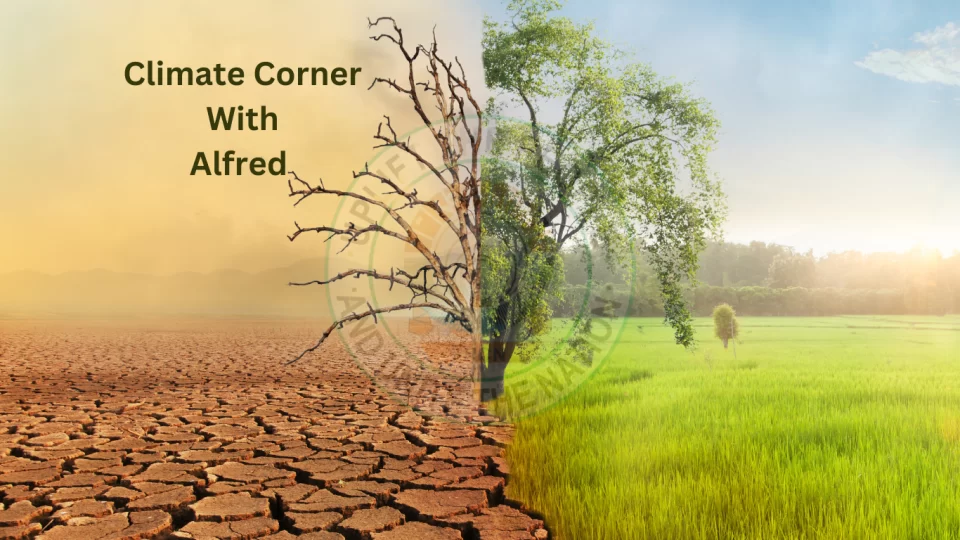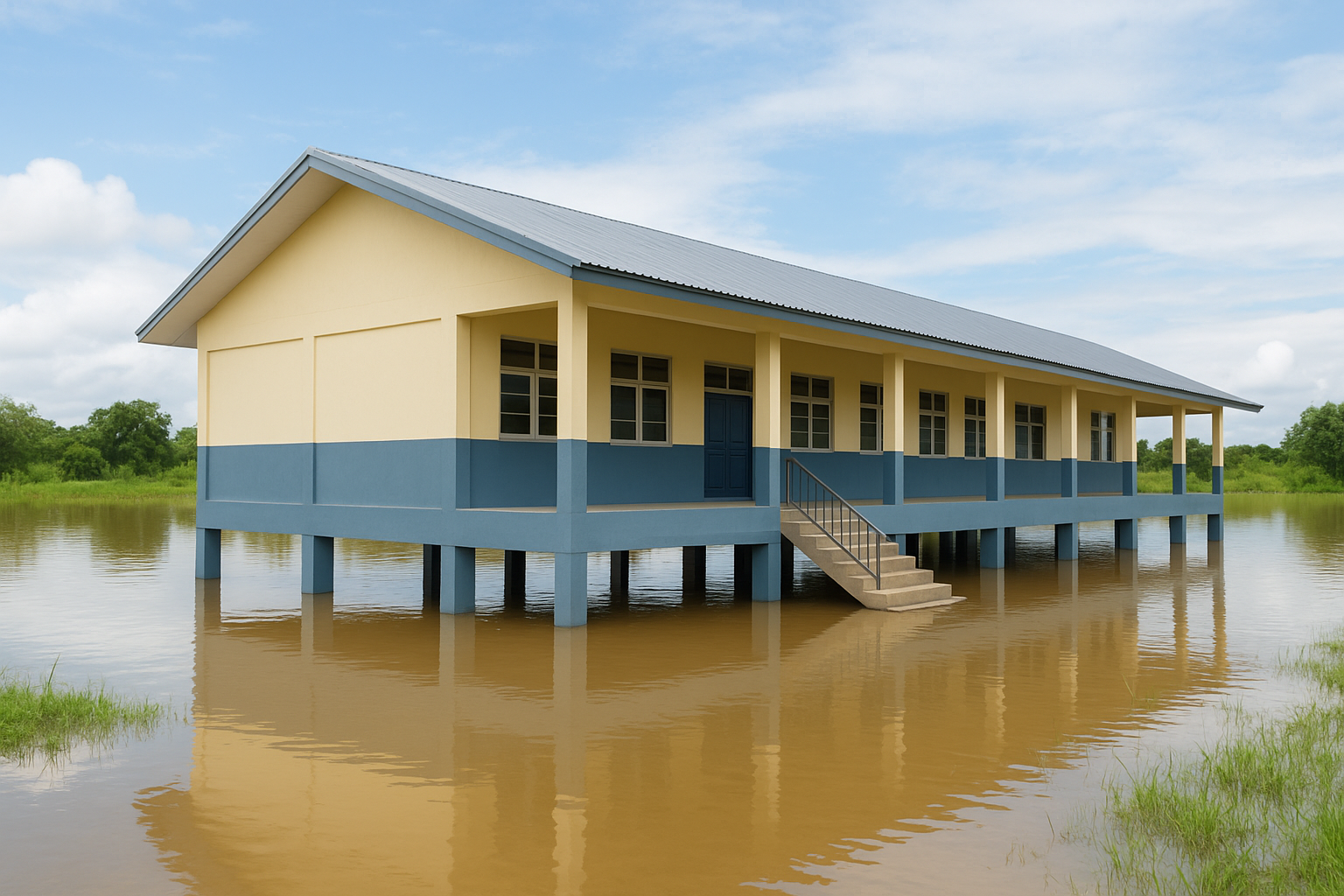Alfred Ajayi
Many experts have argued that climate change has a female face. This is because climate change impacts women and girls more disproportionately than men.
This is more so for those of them in developing countries. Climate change is indisputably an existential threat to all regardless of gender.
“…unchecked climate change also poses a threat to our way of life and place in the natural world,” Climate Portal notes.
However, the impacts on women are disproportionate due to many factors. One of the factors is the traditionally-assigned like fetching water, growing food, and caring for families.
These roles have become more difficult due to droughts, floods, and resource scarcity.
Women variously impacted by climate crisis
The World Economic Forum notes that due to climate change exacerbates certain health-related challenges through extreme weather events, heat, water stress, and air pollution.
This puts stress on already over-stretched or ill-equipped healthcare systems. Beyond immediate crises, women’s health is affected by rising temperatures.
Preterm birth, low birth weight, poorer maternal health and complications during pregnancy, such as gestational diabetes, are all attributed to air pollution and heat exposure.
Air pollution and heat exposure equally affect menopausal systems and increase prenatal maternal stress.
To this end, the World Economic Forum calls for the inclusion of women’s reproductive health in countries’ climate plans, as well as in climate disaster relief.
Impacts on water availability and agriculture
Climate change also threatens the availability of water worldwide, placing higher responsibility on women and girls who have the traditional role of fetching water.
This is more so in rural households that lack access to running water. Two billion people globally currently lack access to safe drinking water.
A study has revealed that the average time women in households without running water spend in collecting water, will be increased by up to 30% globally by 2050.
Such endless search for water comes with adverse effects on the well-being of women through long daily time commitments, physical strain, and mental distress.
The adverse impact of climate change on agriculture bites women more than men. This is because athey are the ones majorly producing food for the society.
Women working in some of the most hazardous conditions, often face lower wages, tougher conditions, and poorer livelihood opportunities.
Unfortunately, these women and girls, especially in rural areas, are key players in farming and food production.
Erratic rainfall, droughts, floods, and heatwaves reduce crop yields, further undermining the economic power of women farmers.
Apart from that, they traditionally lack access to certain coping measures like loans since they mostly do not own landed property (in some parts of Nigeria).
Even when they apply for loans, there is no guarantee that they will be successful due to lack of landed property needed as collateral.
Effects on women
These negative impacts of climate change compromise household income and food availability as well as reduce the productive capacity of women.

Traditionally, women fetch firewood. This role is under threat especially for women in rural settlements, is firewood fetching.
Uncontrolled deforestation has made fuelwood scarcer, forcing women to longer distances in search of these woods. This affects the time to pursue other income-generating activities.
Women, who constitute over 70% of the entire agriculture workforce in the country, have limited or no access to climate-smart farming tools.
However, they have less access to credit, training, improved seeds, irrigation, and modern technology, which are crucial for adaptation as climate patterns shift.
This anomaly is due to systemic gender barriers as gender inequality amplifies women’s vulnerability with limited decision-making power.
They are often excluded from leadership roles in climate policy, natural resource management, or disaster preparedness, reducing their ability to shape solutions.
Apart from facing lower access to education and information. Women and girls have lower literacy and school attendance in some areas of the country.
They also do not have access to life-saving information and lack access to early warning systems or climate adaptation strategies.
Tragically, many men who are not real farmers (political farmers) enjoy unhindered access to such all-important information, which is useless to them.
Impacts on education
As household income drops due to climate shocks, it threatens girls’ education as families may likely pull the female children out of school to help at home or on the farm.
Conversely, their male counterparts continue their education until they complete it.
This predisposes the unfortunate girls to early marriage and other vulnerabilities as they rely on the educationally privileged males for survival.
When climate-related disasters (like floods or crop failures) strike, women farmers are less likely to receive aid, insurance, or loans to aid their recovery.
They are in an endless struggle for recovery, a reality that perpetuates the vicious circle of poverty and increases dependence on others.
Climate-related disasters are also leading causes of displacement and conflict.
This accounts for increased gender-based violence in displaced persons camps (IDPs), as well as exploitation and trafficking.
Some officials manning such camps or others who render various assistance to victims of such disasters are responsible for some of these evil acts.
Mary Halton, BBC News, Science Reporter in 2018, noted that, “Women are more likely than men to be affected by climate change, studies show.
UN figures indicate that 80% of people displaced by climate change are women.
Their roles as primary caregivers and providers of food and fuel make them more vulnerable during flooding or drought.
No doubt, women hold valuable traditional knowledge of sustainable agriculture, seed saving, and natural resource use.
Sadly, government rarely includes them in agricultural policy or climate adaptation planning and implementation.
This is a disservice to them, especially given the fact that their leadership can enhance resilience.
Harnessing their potential
Happily, women are more reliable in finding solutions to societal issues as they often offer useful contributions to the fight against climate change.
They are also powerful climate actors leading grassroots efforts, preserving traditional knowledge, and driving community resilience.
Some of them lead grassroots environmental movements and hold good knowledge of traditional and sustainable land practices.
All that they need is the right empowerment, women will undoubtedly drive adaptation and resilience strategies within families and communities.
World Development Report (WDR) on gender equality and development identified women’s voice, agency, and participation as a key dimension of gender equality.
As experts argue, recognizing the “female face” of climate change isn’t about victimhood; it’s about justice, inclusion, and unleashing solutions.
The world must harness women’s potentials in addressing the climate crisis with a particular focus on the destructive effects on women and girls.
This article was first published by Radio Nigeria





